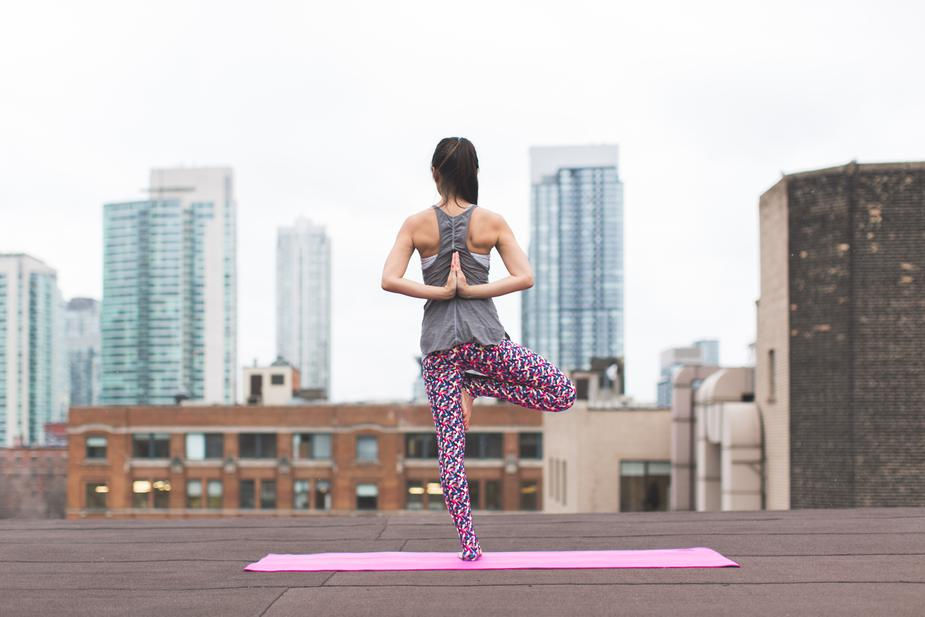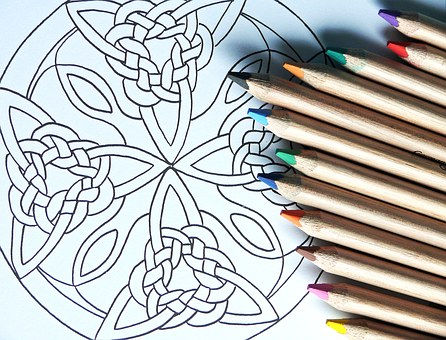Detoxify Your Life Series, Part III A
- Susan Murray
- Aug 2, 2017
- 3 min read
Updated: Mar 11, 2020
Ready to grow ageless?
Book your free 15 minute Turn Back Time call today!
Detoxify Your Life Series, Part III A
Managing Chronic Stress and Habitual Negative Thought Patterns
With Mindfulness-Based Techniques
Welcome to Part III A of the Detoxify Your Life Series. Today we explore Mindfulness-based Techniques for management of toxic stress. Click here for Part I and Part II.
Fortunately, the tools and techniques for stress reduction and improving one's outlook are vast and varied; there is something for just about everyone. While practitioners of some of the tools listed below often encourage outlay of several thousands of dollars for training, I can assure you that there are countless free resources on the web that provide quality "training;" learn and practice the techniques and you will be equipped to use them for your own benefit. Links to these resources can be found in the endnotes.
The practice of mindfulness dates back thousands of years and has significant data to support its value as a tool for stress management.[i] The types and styles of mindfulness-based techniques are so vast, there is something suitable for everyone; it's just a matter of finding the one you will use consistently. Below is a brief list of the more popular practices with links in the endnotes to support your further exploration.

Mantra Meditation: The most popular and well known form of this type of meditation, Transcendental Meditation, or TM, founded by Maharishi Mahesh Yogi in 1955 is an offshoot of a meditation practice taught to him by his teacher Brahmananda Saraswati, and has its roots in ancient India. This simple, elegant practice requires nothing more than a comfortable place to sit for 20 minutes, preferably twice daily, and a mantra that is repeated silently. Thanks to over 340 scientific studies in peer-reviewed journals we know that 20 minutes of mantra meditation results in up to a 30% drop in the stress hormone cortisol, increases the "feel good" hormones serotonin and prolactin, helps correct high blood pressure, and improves cholesterol status.[ii]

Guided Imagery: Sometimes referred to as "visualization," guided imagery typically uses audio recordings wherein a speaker reads a script written to evoke not only visual images but all sensorial images: smell, taste, texture, temperature, etc. My favorite guided imagery author, Belleruth Naparstek[iii] says, "When properly constructed, guided imagery meditation has the built-in capacity to deliver multiple layers of complex, encoded messages by way of simple symbols and metaphors...it acts like a depth charge dropped beneath the surface of the psyche, where it can reverberate again and again." Like TM, guided imagery has a growing body of scientific research to support its benefits.[iv]

Dynamic Meditation: Though they originate in different cultures and parts of the world, yoga, an ancient Indian practice, and tai chi and qigong, both ancient Chinese practices, are examples of dynamic meditation. These forms of meditation coordinate slow, precise movements, postures or poses, breathing, and intention. Within each discipline there are many different forms. In qigong (also spelled qi gong and chi kung) "qi" translates roughly to "life force," and "gung" translates to "work." While qigong and tai chi are typically practiced standing, yoga is practiced standing and sitting, as well prone and upright. All three disciplines are beneficial in reducing stress. In a 2008 study of qigong among hospital employees, researchers found a "statistically significant reduction of perceived stress [in the qigong group] compared to the control group."[v] A 2013 meta-analysis of randomized controlled trials found that in 13 out of 14 trials, tai chi and qigong were beneficial in decreasing symptoms of depression.[vi] These dynamic meditation practices are beneficial in lowering anxiety, decreasing cortisol, blood pressure, heart rate, respiratory rate, and improving overall feelings of well being.[vii]

Coloring: Coloring books for adults are selling like hot cakes, and no wonder; coloring has been found to be a viable alternative to meditation, bestowing the same stress-relief and anxiety reducing benefits as its time-honored cousin. While the coloring phenomenon may seem like a recent discovery to appeal to the nostalgic memories of the aging Baby Boomer and Gen X population, Carl Jung, the Swiss psychiatrist and psychoanalyst is credited with introducing the Eastern symbol, the mandala, to the West one hundred years ago, and encouraging his patients to create and color them as art therapy.[viii] Indeed, a recent study shows coloring complicated, pre-drawn patterns such as a mandala or a plaid, has significant stress-reduction benefits, whereas free-form drawing and coloring do not have the same effect.[ix] Printable mandala coloring pages are available online.[x]
[iv] https://nccih.nih.gov/health/stress/relaxation.htm; https://www.huffingtonpost.com/belleruth-naparstek/guided-imagery-cancer-patients_b_1026296.html




Comments